Terpenes play a crucial role in the effects of medical marijuana, influencing aroma, flavor, and therapeutic benefits. Understanding how terpenes interact with cannabinoids can help patients choose the right strains for their needs. Learn how these natural compounds enhance cannabis and contribute to its medicinal potential.
Some of our patients at Ozark MMJ Cards have asked about the difference between terpenes and cannabinoids. We wanted to walk through the definition of terpenes, why they are important, how they interact with the brain and olfactory system, and a review of selected terpenes/strains. A close appreciation of the powerful value of terpenes is essential to even the casual cannabis connoisseur to unlock the most from your medication.
We will delve into how cannabinoids act as a sensory catalyst in the central nervous system by starting a cascade of actions that amplify terpenes’ actions even further. One can quickly glean how terpene genetics can have an enormous impact on the potential that medical cannabis has to offer.
Since plants are limited in their physical range, they give off chemical clues to the aromatic rewards that they offer. These chemical clues are called terpenes. They are the essential oils behind the intoxicating olfactory allure that draws in a diverse array of species to cannabis. Terpenes ignite the fire of our most primal instincts long before our consciousness is aware of it. Found in cannabis trichomes, terpenes comprise the largest group of components in fragrant essential oils secreted by plants. These pheromones are the economic driver behind the billion-dollar industry of essential oils.
Over 100 different cannabinoid terpenes have been identified in the cannabis plant, and every strain tends toward a unique terpene type and composition. Terpenes may play a key role in differentiating the effects of various cannabis strains. Some cannabis terpenes and their effects might promote relaxation and stress relief, while others potentially promote focus and acuity.
Terpenes are further classified based on the number of isoprene units (C5H8) in the molecule. Monoterpenes like linalool and limonene are both monoterpenes (one terpene unit or two isoprene units). β-caryophyllene and humulene are both known as sesquiterpenes with three isoprene units. Carotenoids, which are also components of the visual system, are tetraterpenes composed of eight isoprene units.
The development of terpenes in cannabis began for adaptive purposes: to repel predators and lure pollinators. They shape the attributes that contribute to the overall composition of a strain, adding a dimension to each one’s “personality.” So what should we know about cannabis terpenes and their effects?
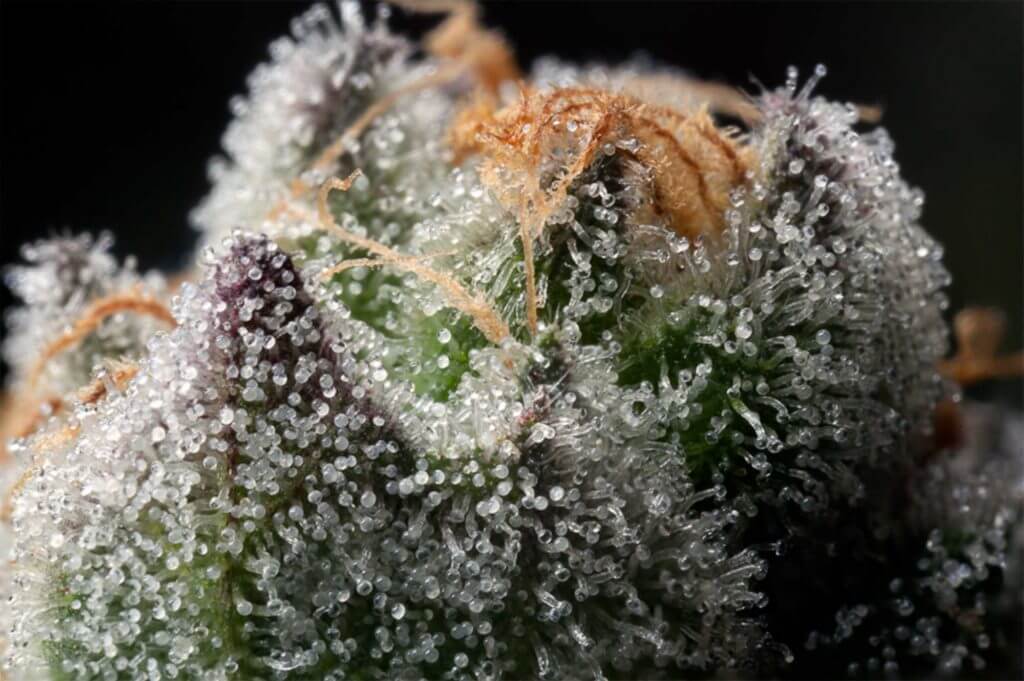
Think of this: cannabinoids are colorless, odorless, and tasteless. As far as the external senses go, cannabinoids are, in fact, quite bland and boring. Cannabinoids act as a blank canvas that gives terpenes the freedom to bring cannabis its unique variety of color, depth, and texture. Not only do terpenes equip each cultivar of cannabis with its own unique color and flavor, but terpenes also influence the character of a multitude of effects elicited by cannabis, especially the nature of the euphoric effects. So what draws us to cannabinoid terpenes?
Consider the scenario of two cannabis strains otherwise equal in their cannabinoid profiles with say, 15% THC and 7% CBD, but one strain being primarily of a beta-caryophyllene heavy profile and the other with a linalool heavy profile. Although these strains might look alike from their cannabinoid profiles, their effects would be vastly different due to their terpene profiles. We can quickly glean that terpenes are the real stars of the show doing the heavy lifting. Cannabinoids simply provide the scaffolding framework for terpenes to follow the path of least resistance to their receptors. Nature’s synergistic chemokinetics are busy at work, forming each unique chemical identity that gives rise to the architecture of the entourage effect.
The diverse chemical milieu reflected by the wide variety of cannabis cultivars and chemotypes is the chemical fingerprint of cannabis.
People are naturally drawn to scents. Our olfactory system is vastly unique amongst the cranial nerves. It has direct connections to the emotional center in the brain known as the limbic system residing in the hippocampus and amygdala. The amygdala forms the central hub for a broad spectrum of emotional processes, and the hippocampus is mainly responsible for consolidating new memories. Its monosynaptic structure means that the sensory nerves in your nostrils synapse directly onto the brain via the first cranial nerve. This is where cannabinoid terpenes have a great deal of influence on our perception.
The sense of smell is the most preserved of our primitive instincts and holds untold clues into our most profound realms of existence. Deep in the most primordial instincts, we are drawn to certain terpenes for reasons we may not consciously understand. The concept is quite similar to the mechanism of déjà vu, where one feels a sense of familiarity that can be quite profound or even unsettling. In other words, there is a consciousness of an event or emotional memory without there being an actual memory to tie it. The reason for this profound emotional reaction to scents lies in the functional anatomic design of the olfactory nervous system. This is what can make cannabis terpenes and their effects so profound.
Terpenes are the sweetly intoxicating perfume of nature that soothes the mind and body. They act directly on brain cells to modulate their activity. The therapeutic effect of scent is increased thru combustion because terpenes are aerosolized at higher temperatures as these oils vaporize. However, the soothing effect of terpenes occurs even in the absence of combustion. Take a walk in a coniferous forest, and your psyche will quickly begin to drink in the invigorating effect of focused optimism elicited by bathing the senses in pinene. Combusting terpenes stimulates a more potent and rapid effect by releasing a densely concentrated dose of concentrated terpene-rich vapor immediately into the olfactory bulb, where it sends synapses to the vital components of the limbic system, the amygdala, and hippocampus. We can even see how these cannabinoid terpenes can play a vital role in addressing diseases in which parts of the amygdala and hippocampus can be affected by pathology. Cannabis has been highly touted for its efficacy in alleviating symptoms associated with conditions symptomatic for emotion-associated memory impairment such as anxiety, depression and Alzheimer’s disease (AD), etc.
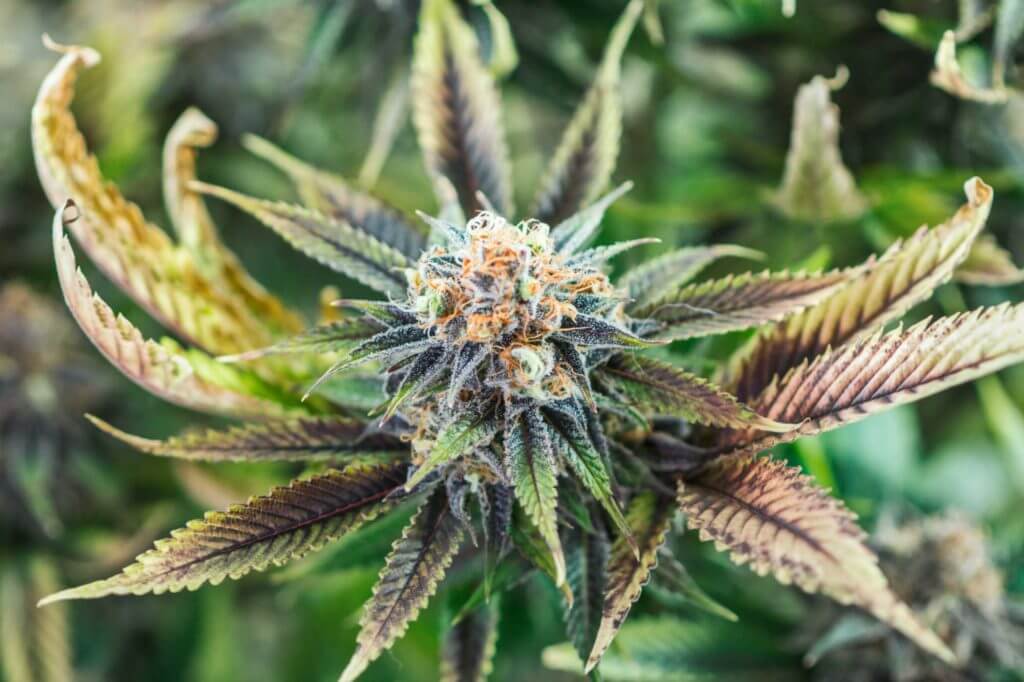
The entourage effect simply means that cannabinoids such as THC and CBD, along with the hundreds of other compounds and terpenes, are intended to work together to have an effect greater than the sum of their parts. The diverse combinations of terpenoids afford cannabis with the chameleon-like quality of mimicking a wide array of flavors and olfactory textures. Terpenes add layers of olfactory texture to marijuana’s natural sensual allure. Consider the mechanism of Delta THC acting on the CB1 receptor. This binding opens up the door for terpenes to exert their effects; compound this with the notion that the entire underlying effect is to amplify our sense of perception.
This idea is that many different terpenes are interacting with many different cannabinoids and that the sum of the combined effects is greater than the total of the individual parts acting separately. In other words, these interactions modulate and potentiate each other based on the specific relative combinations of concentrations is why cannabinoid terpenes are so diverse.
As said, cannabis contains some 100 known terpenes, all of which produce their individual effects. Combined with the cannabinoids and other terpenes, the future of cannabis may just be in the cultivation of strains rich in certain terpenes and cannabinoids to create strains tailored to produce specific effects. Because cannabis terpenes and their effects shape the character of the type of euphoria we feel when we use cannabis, the wide array of terpenoid combinations allow the casual connoisseur to indulge in the seductive medley of hints and notes.
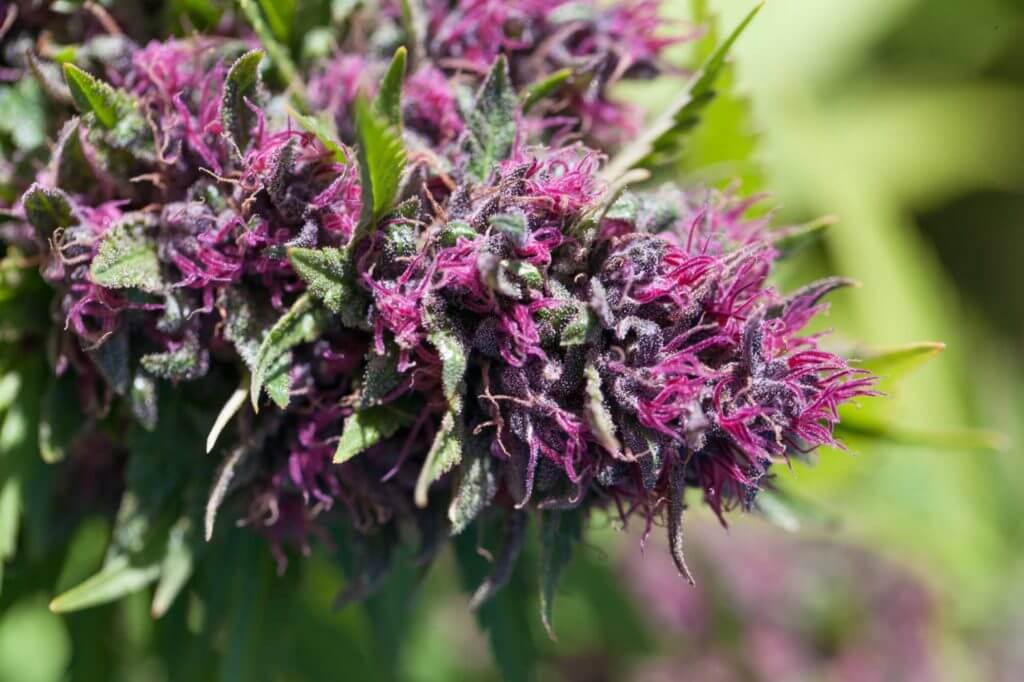
The cannabinoid terpene Myrcene is responsible for giving marijuana its distinctive aroma. Myrcene can also be found in wild thyme, mangoes, lemongrass, cardamom, and hops and thus has a musky, earthy scent. Most commercial cannabis strains are myrcene dominant, meaning the most abundant terpene in their chemical profile is myrcene. β-myrcene comprises 29.4% to 65.8% of the essential oil composition of the fragrance of Cannabis sativa.
Also found in mangoes, myrcene has relaxing properties as well as anti-inflammatory properties. Strains that are high in myrcene are Skunk XL, White Widow, and Special Kush. These are special
As a cannabinoid terpene, Myrcene has a boiling point between 331 to 334 °F, so even people who vaporize their bud at lower temperatures should be able to feel the relaxing, sedating effects consistently. Anything over .5 % myrcene is considered an Indica. Myrcene, for example, is found in many relaxing cannabis strains like Blue Dream and Granddaddy Purple.
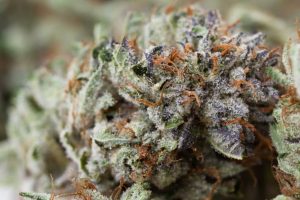
This terpene, which has a spicy, woody, peppery scent, is also found in black pepper and cinnamon. Studies indicate that this one small terpene is capable of performing the big job of treating anxiety, depression, and inflammation. Caryophyllene is found in such strains as Super Silver Haze, Skywalker, and Rock Star.
β Caryophyllene is the only cannabinoid terpene known to interact with the body’s endocannabinoid system as if it was a cannabinoid using the CB2 receptor, which has anti-anxiety effects and anti-inflammatory properties.
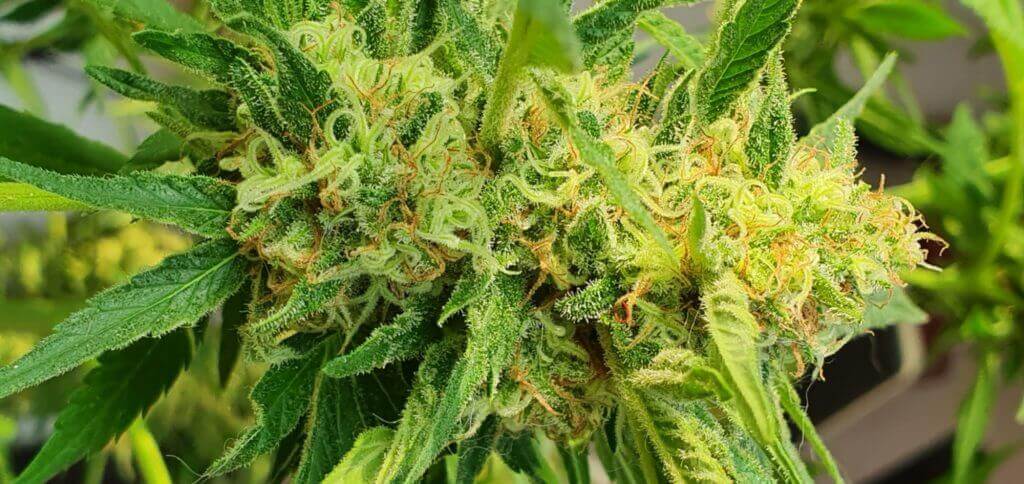
Pinene is the most common cannabinoid terpene in the natural world (but not in marijuana; myrcene is the most common terpene in marijuana). It is responsible for the bronchodilation effects of cannabis. It can also act as a stimulant and an AChE inhibitor. It’s also found in rosemary and basil and has many positive effects, including pain relief, inflammation, and anxiety.
Found in two varieties, alpha, which is responsible for that wonderful pine aroma, and beta, which has a scent like rosemary, dill, or parsley. Pinene is a strong bronchodilator and has strong anti-inflammatory and antiseptic effects that have been used for centuries in herbal medicines.
Pinene, found in sage and conifers, has been shown to aid in alertness and memory retention. α-Pinene, in particular, is thought to reduce the memory deficits commonly reported as a side-effect of THC consumption. It likely demonstrates this activity due to its action as an acetylcholinesterase inhibitor, a class of compounds known to aid memory and increase alertness.
The cannabinoid terpene α-Pinene contributes significantly to many of the varied, distinct, and unique odor profiles of many marijuana strains, varieties, and cultivars. α-Pinene is rapidly absorbed across lung blood vessels and exerts great anti-inflammatory and antimicrobial effects and has some activity as an ACE inhibitor (controls blood pressure).
Keep in mind that pinene-dominant strains are uncommon (meaning it’s rarely the most abundant terpene in a strain). Still, it’s commonly seen as the second most abundant terpene in a strain’s terpene composition. Pinene can be found in strains like Strawberry Cough and Blue Dream, Big Smooth, Snoop’s Dream, and Critical mass.
Potential therapeutic value: Treatment of asthma, pain, inflammation, ulcers, anxiety, and cancer
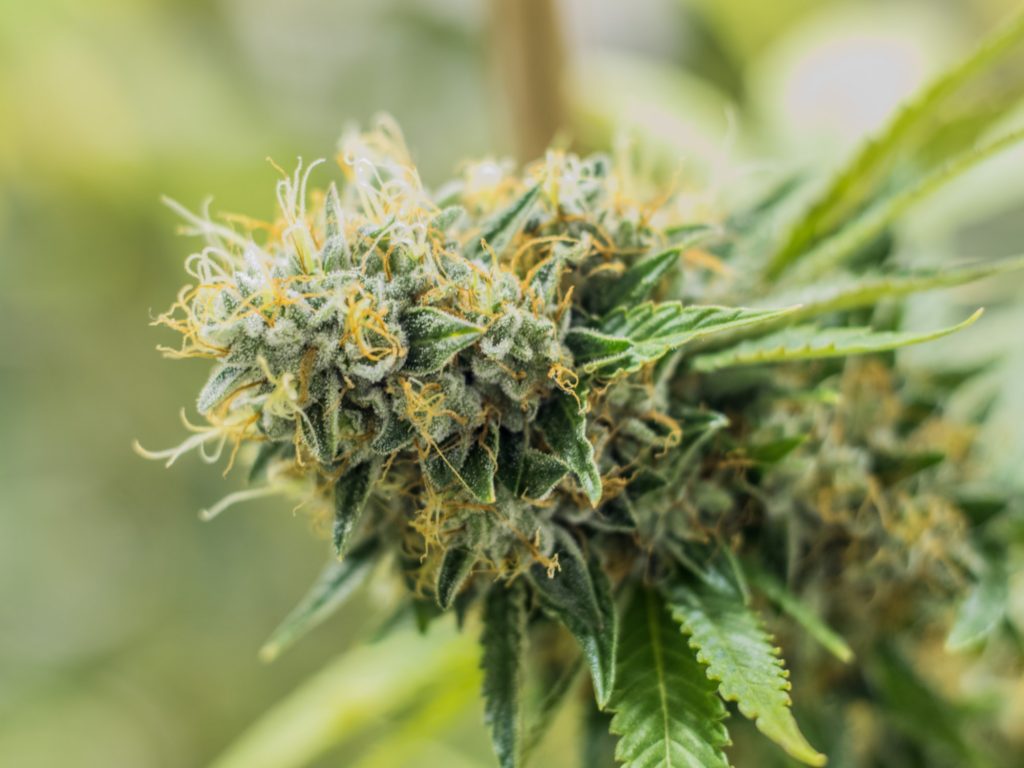
The cannabinoid terpene Limonene and it’s effects may not be present in all cannabis strains. However, it has powerful anti-fungal and antibacterial properties. Its great smell means that it is a common additive in household cleaning and cosmetic products. Limonene can also help to relieve stress and enhance mood.
Limonene smells citrusy and is found in — you guessed it — citrus! It also vaporizes low, at 350 °F, and is associated with anti-anxiety effects, along with some anti-depressant effects. It’s also used for its anti-inflammation properties. It’s the second most abundant terpene found in cannabis; limonene can also be found in various citrus fruits and is responsible for the citrusy smell. Limonene can also help to bust stress and enhance mood.
Strains high in the cannabinoid terpene Limonene include Sour Diesel and OG Kush and Super Lemon Haze.
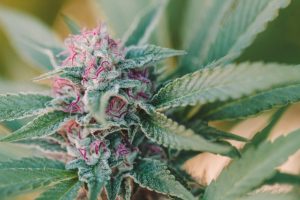
Linalool has a wonderful floral scent and is found in lavender. It’s also known to have anti-depressant properties, and if you’ve ever turned to a lavender-scented candle or bath to relax — a strain high in linalool would also do the trick! The cannabis terpenes Linalool and its effects can help balance out the anxious side effects sometimes produced by THC, making it an ideal terpene for the treatment of anxiety.
Potential therapeutic value: Treatment of anxiety, depression, insomnia, pain, inflammation, and neurodegenerative disease
Linalool is present in strains like Special Kush, Amnesia Haze, and OG Shark, Kosher Kush.
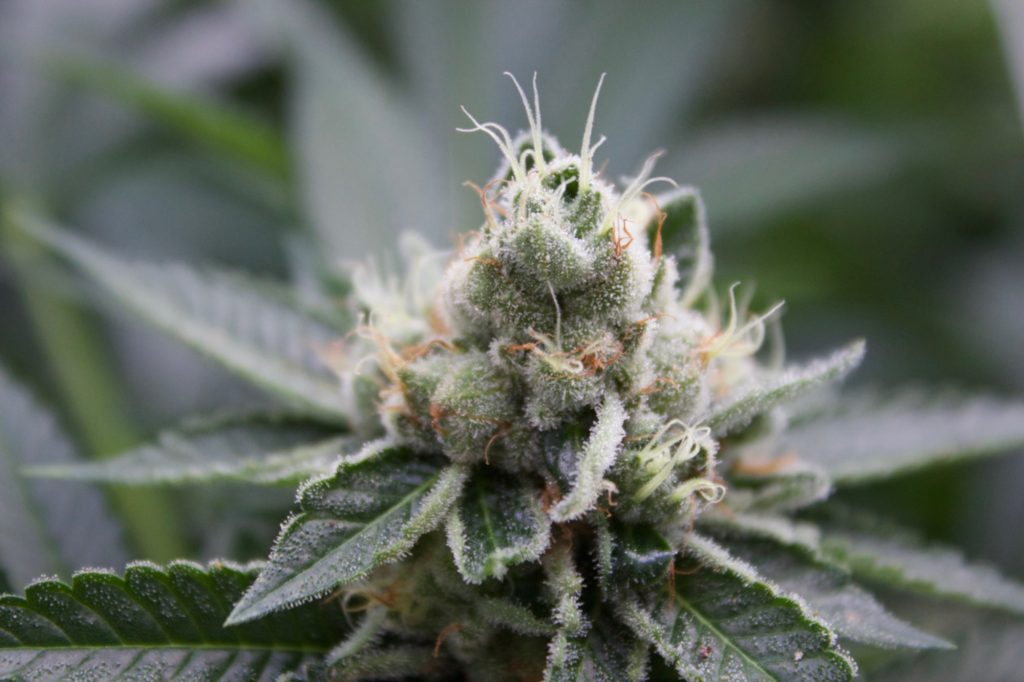
Known for its herbal aroma, Humulene has aromas of hops with woody and earthy scents. Strains containing the cannabinoid terpene humulene may actually help decrease appetite, counter to the popular notion that weed always gives you the munchies. Humulene, found in hops, cloves, coriander, and basil, vaporizes at 222ºF (106ºC) and has shown anti-inflammatory and antibacterial properties in research.
Potential therapeutic value: Anti-inflammatory
Strains that contain humulene include Liberty Haze, Gelato, Girl Scout Cookies, and Sour Diesel.
About 1 in ten strains is terpinolene dominant. Terpinolene is also found in lilacs, nutmeg, and cumin. The scents are piney, floral, and herbal. It vaporizes at 122ºF (50ºC), and its ocimene is a beautiful, sweet, earthy, citrusy aroma, which is why it is frequently used in perfumes.
Potential therapeutic value: Antiviral, anti-fungal, antiseptic, decongestant, and antibacterial
The cannabinoid terpene Terpinolene is commonly found in uplifting, active strains like Jack Herer, Ghost Train Haze, and Chernobyl.
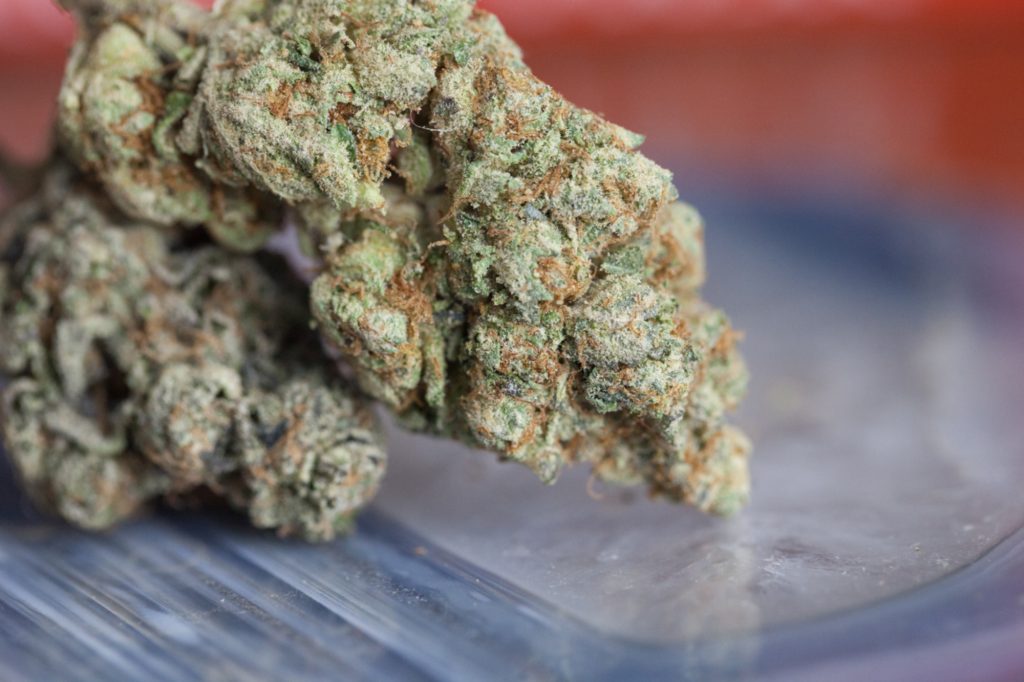
Take Timmy, for example. At his junior prom 20 years ago, Timmy, the gentleman, returned from the restroom with a fresh cocktail made with illicitly obtained bottom-shelf grain alcohol. Timmy was already intoxicated by the prospect of social lubricant compensating for the gulf in beauty between his pimple-faced self and Fiona, a 5’1” blonde with short hair wearing a white dress with stunningly high heels.
Distracted in thought, Timmy tripped over his last step and spilled the entire drink on the front of her dress, drowning her buxom self in a purple stuff screwdriver that had a mild whiff of sour urine. Stunned by the embarrassment, she instinctively delivered a violently accurate left foot to the right testicle of Timmy, dropping him to his knees. The pubescent mob howled in brace-faced laughter as Timmy lay in the fetal position clutching his groin, soaked in a puddle of dollar store purple drink.
He struggled for years to get his confidence back in the dating life, but eventually, he could attract/convince a wife and successfully procreate with her. So, all good in that department. Although several years have passed, the intrusive thoughts about the experience still haunt him, and he still has very hurt feelings about the whole incident.
Timmy now sweats profusely before social work functions and hyperventilates terribly around short-haired blonde women in heels. To find solace in situations like this, Timmy drops a couple of Mimosa terpene oil under his tongue before he smokes a small joint of a piney, citrusy variety of cannabis to calm his nerves. This way, those memories don’t control his thoughts on the outcomes of things. The binding of these specific terpenes doesn’t negate the memory; they just reduce the impact of negative emotional intrusion in dictating the emotional outcome of current events.
All fun aside, folks, cannabinoid terpenes are magic stuff that often gets lost in the mix. It’s a big subject that I think I can only tackle the tip of the iceberg for now. Certainly, look for more to come. Cannabis terpenes and their effects are certainly going to make a loud noise in the cannabis world.